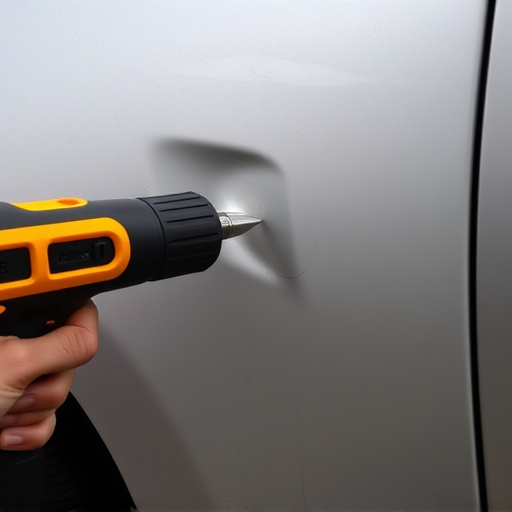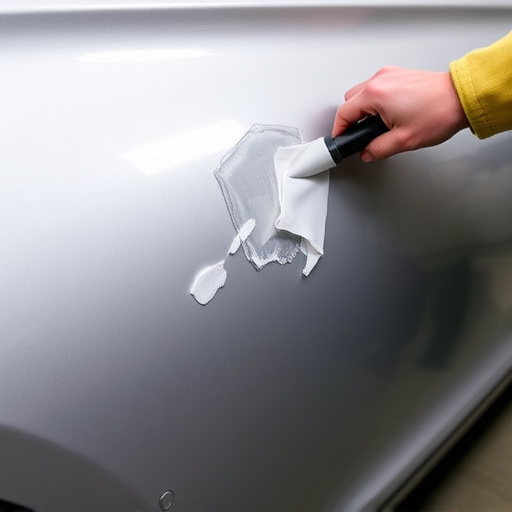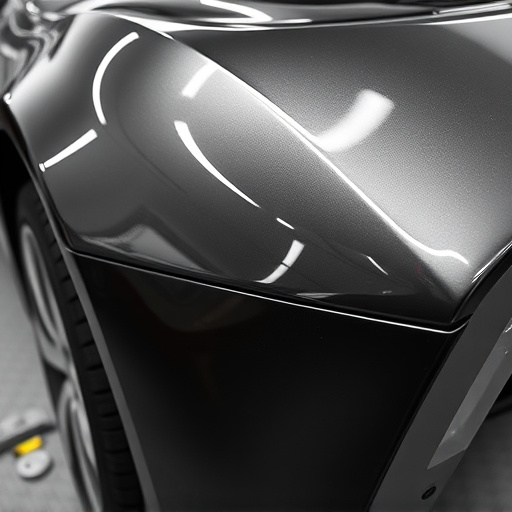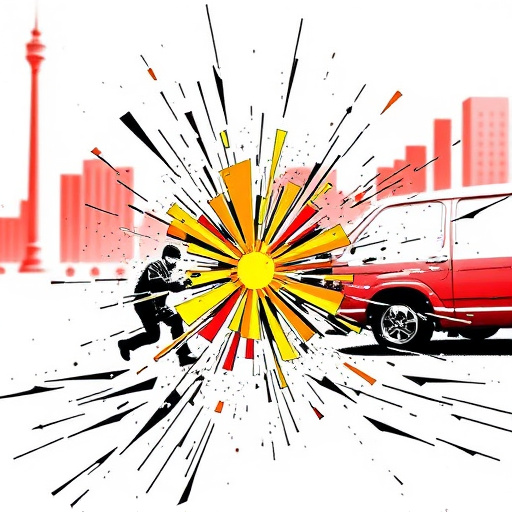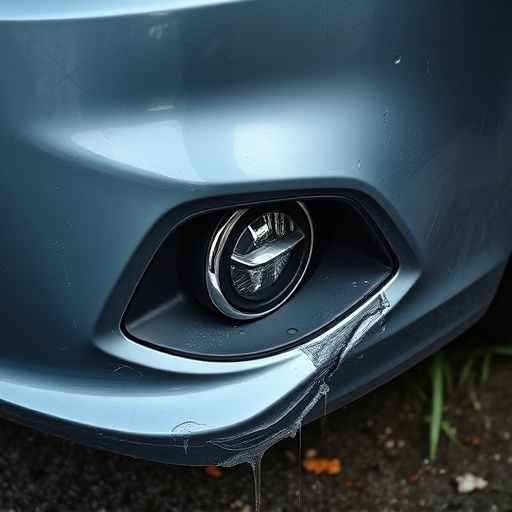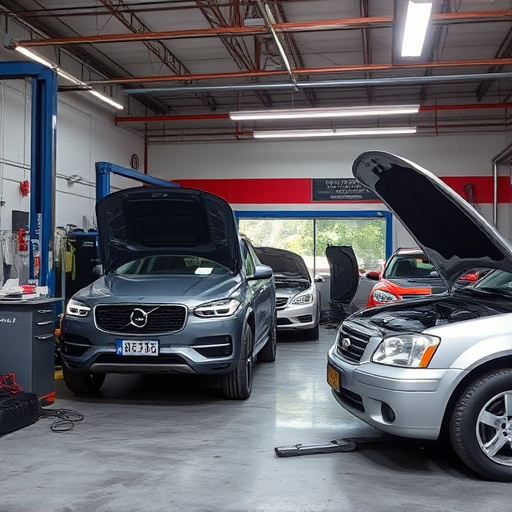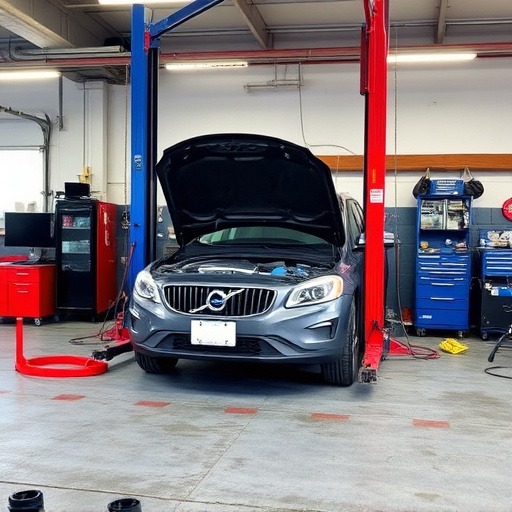Model X crash repairs require specialized knowledge and safety precautions due to its electric powertrain and high-voltage batteries. Auto body shops must update their practices to handle the vehicle's unique repair needs, including protective gear, battery assessment, precise welding, dent removal, and electronic diagnostics, ensuring safe, sustainable, and top-quality restoration.
In today’s electric vehicle (EV) landscape, understanding the unique challenges of crash repairs for models like the Tesla Model X is crucial. This comprehensive guide delves into the best practices for repairing Model X crashes, focusing on key aspects such as the vehicle’s architecture, EV battery safety, and restoring functionality in both bodywork and electronics. By adhering to these practices, repair shops can ensure not only structural integrity but also the continued safety and performance of these cutting-edge electric vehicles.
- Understanding Model X Electric Vehicle Architecture
- Crash Repair Safety Measures for EV Batteries
- Restoring Functionality: Bodywork and Electronics
Understanding Model X Electric Vehicle Architecture

The Tesla Model X, an iconic electric vehicle (EV), boasts a unique architecture designed to enhance performance and safety. As an auto repair shop specializing in EV crash repairs, understanding this intricate system is paramount. The Model X’s all-electric powertrain, comprising advanced battery packs and powerful motors, differs significantly from traditional internal combustion engines. This architecture not only dictates the vehicle’s maintenance needs but also presents specific challenges when involved in a collision.
For auto body shops engaged in Model X crash repair, comprehending the car’s body structure is crucial. The vehicle’s sleek, aerodynamic design incorporates advanced materials to withstand high-impact situations. Auto repair professionals must familiarize themselves with these materials and techniques used in car bodywork to ensure precise repairs without compromising structural integrity. By staying informed about the Model X’s architecture and its repair requirements, auto body shops can deliver top-notch services for these innovative electric vehicles.
Crash Repair Safety Measures for EV Batteries
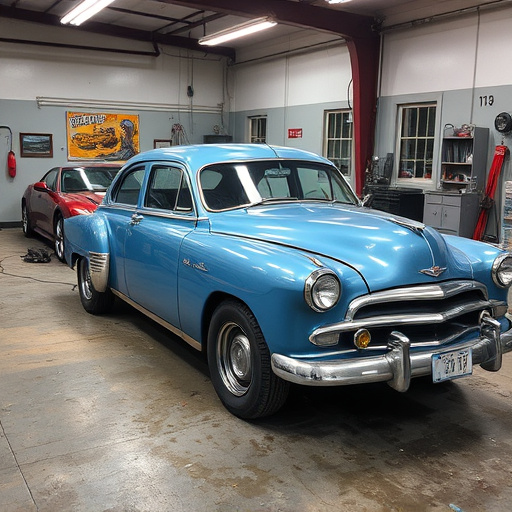
When undertaking Model X crash repair, safety measures for electric vehicle (EV) batteries must be a top priority. Unlike conventional internal combustion engines, EV batteries are high-voltage components housed within the vehicle’s structure, making them sensitive to damage during accidents. Repair technicians should wear protective gear, including insulated gloves and goggles, as a precautionary measure. The battery pack’s integrity needs to be carefully assessed before any disassembly to ensure no internal shorts or leaks occur, which could lead to electrical fires or explosions.
Specialized equipment and training are essential for EV crash repair, focusing on preserving the battery’s safety and performance. This includes using appropriate tools for bumper repair and car dent removal while minimizing direct contact with battery cells. Proper disposal protocols must also be followed, as EV batteries contain valuable materials that can be recycled, reducing environmental impact. Vehicle restoration in the context of Model X crashes requires a meticulous approach to ensure not only structural integrity but also the safety of high-voltage systems, paving the way for a more sustainable and efficient automotive future.
Restoring Functionality: Bodywork and Electronics

After a Model X crash, restoring functionality requires meticulous attention to both car bodywork services and intricate electronics. The physical damage assessment should encompass every aspect of the vehicle’s structure, from frame integrity to panel alignment, ensuring no residual stress or misalignment remains. Professional technicians employ advanced techniques like precision welding and specialized tools for car dent removal to restore the exterior to its pre-accident condition.
Concurrently, the focus shifts to the intricate web of automotive electronics. As electric vehicles (EVs) become increasingly complex, so does their onboard technology. A Model X crash repair involves rigorous diagnostics to identify any compromised systems, such as sensor malfunctions or power train issues. Restoring these components is crucial for optimal vehicle performance and safety, ensuring that every circuit, cable, and connector functions seamlessly following the auto maintenance process.
When undertaking Model X crash repair, a meticulous approach is vital. Understanding the unique architecture of this electric vehicle, prioritizing safety measures for its high-voltage batteries, and expertly restoring both structural integrity and electronic functionality are essential best practices. By adhering to these guidelines, repair technicians can ensure not only the safety of drivers but also the preservation of the Model X’s advanced technology, maintaining its performance and value in the digital age.


